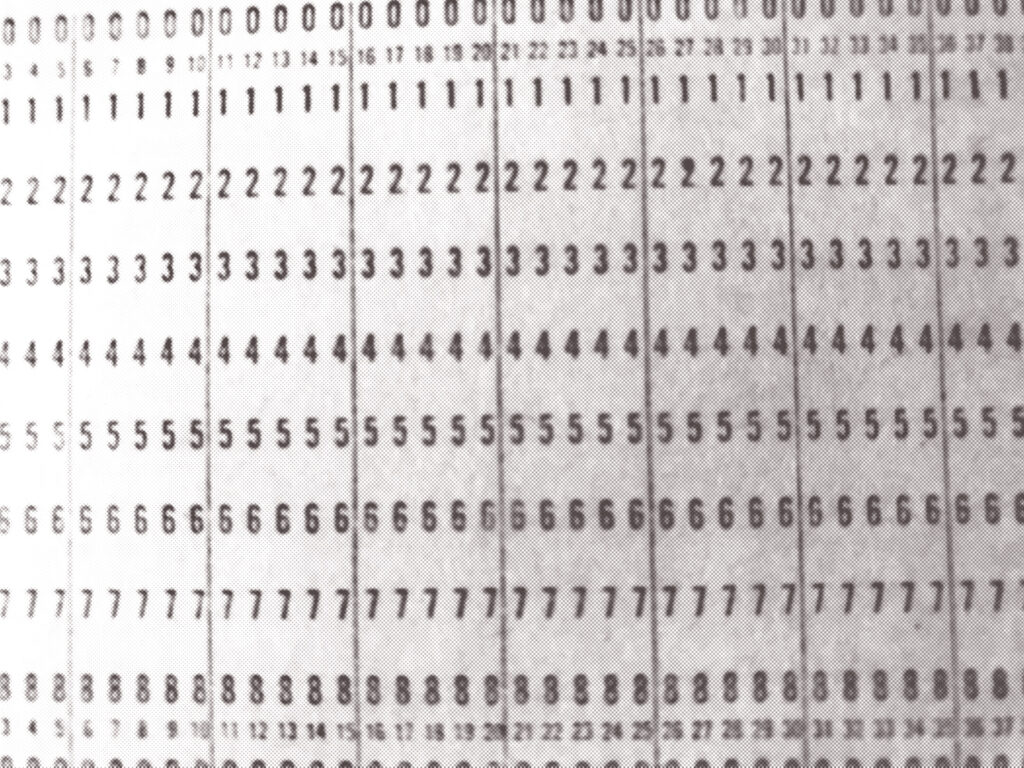by NEJA TOMŠIČ AND MIHAI TOTH
— performance-in-progress, 2023
7 OCT 2023, 17:00 / MX – Tram depot

In this first iteration of a project in becoming, Neja Tomšič and Mihai Tothcollaborate to reflect on intersecting histories of computing in Eastern Europe by looking at tangible and intangible infrastructures that supported it. Specifically, they look at the MECIPT-1 computer, built in 1961 at the Polytechnic of Timisoara. The MECIPT-1 was one of the first computers in Romania, built in an era when a series of computers were built across Eastern and Central Europe, between 1952 and 1965. However, the MECIPT-1 was the only computer among them with a record of doing machine translation. In 1962, eight years after the 1954 Georgetown demonstration in which 49 sentences were translated from Russian to English by an IBM 701, creating a wave of investment into machine translation, MECIPT-1 translated a sentence from Romanian to English ‘on the spot.’ The computer used punched card and an electronic typing machine as an output.
The sentence was: “You explain the development of science and we help to describe the examples.”
In this performance, Tomšič and Toth respond to the histories of early computing by looking at relations between human bodies and machines and enacting the laborious process of operating computers on one hand, and the laborious work of the machines that demanded much care, space and often produced dust, heat and smoke, on the other. They also evoke less-known work of women, who were, up to the 1980s leading innovators and forces in computing. The earliest computer read-only memory were built by women who weaved tiny copper wires onto memory boards. According to stories, the program for translation of the MECIPT-1 computer was likewise written by a woman.
The performance transposes the first machine translation achievement in the Eastern Bloc onto the currently degraded landscape of the former tram workshops, which also awaits new beginnings and is itself a subject of great expectations.
The performance in progress is the first in a series of explorations in the field of early histories of computing and is realised on the initiative of Simultan festival in collaboration with MoTA – Museum of Transitory Art.
Neja Tomšič, research-based visual artist, storyteller, performer and ritual maker, working with drawing, objects and sound. Interested in long processes and slow work. Member of the Nonument Group.
Mihai Toth, visual artist, lives and works in Timisoara.
His artistic practice revolves around a multimedia approach focused on developing various networks that explore potential connections between visual expression and the hermeneutics of artistic thinking. The consistent theme in how he organizes, constructs, and realizes his projects is the interplay of materiality and non-materiality, investigating the possibilities of relationships and dialogues between the two realms. Simultaneously, he displays an inclination for probing various conceptual mechanisms and algorithmic systems, which he incorporates into various visual frameworks, starting with a performative approach.
He is currently a Ph.D. student at the Faculty of Arts and Design in Timișoara, with a thesis called The Void – Between Transcendence and Representation.
Many thanks to Mihai Dragan and Mr. Horia Gligor for their kindness and availability.